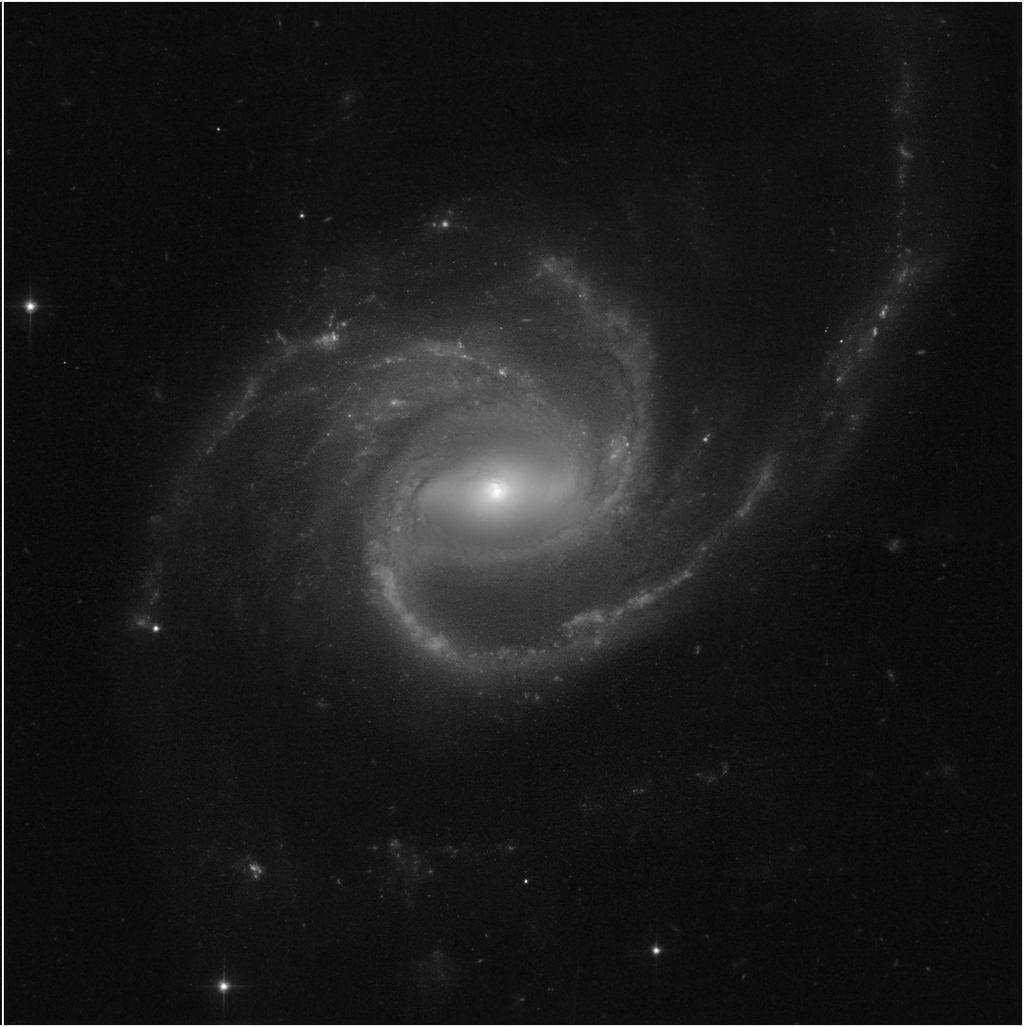Update: the Hubble Space Telescope is back!

Hubble is operational again, and it already took snapshots of wonderful celestial phenomena.
Over a month after its payload computer malfunctioned, causing the space telescope to be put in “safe mode” and ceasing any scientific activity, NASA engineers have managed to switch it to backup hardware. The procedure took almost 15 hours, and even required the expertise of retired staff! As mentioned in the previous article, an overwhelming majority of the HST’s components date back to its launch in 1990, meaning the team of engineers had to work its way through the 30 or 40-years old documentation and consult NASA alumni. Of course, any solution they came up with was tested on the Vehicle Electrical System Test (VEST), a simulator of the HST.

The VEST facility is not just employed to solve anomalies, engineers can verify updates to the software, commands and engineering parameters with it. Moreover, astronauts are trained on it before servicing missions, of which there have been five: 1993 (the embarrassing problem with the mirror), 1997, 1999, 2002 and 2009. The last four mainly focused on installing state-of-the-art equipment. Back to this year’s problem, luckily no manned mission was required, as the backup Power Control Unit, the heart of the electric system which manages the supply of electricity from the solar panels to the different instruments, has been successfully switched on. You can visit the room where the rebooting took place, the Hubble Control Centre, virtually, on NASA’s dedicated website.

Now that Hubble is back to work, it has already added new images to its impressive collection of over 1.5 million. Globular clusters and Jupiter are soon to be imaged, but for now the HST took a look at oddball galaxies. From What is a galaxy, you might remember that galaxies are classified based on their shape – elliptical or spiral. There are also more eccentric ones, which fall under the category of “irregular” or “oddball”. Julianne Dalcanton, an astronomer at the University of Washington in Seattle, was lucky enough to have her program to survey such peculiar galaxies be part of the first images taken by the rebooted HST.

ARP-MADORE2115-273 
Hoag's Object
ARP-MADORE2115-273 is a system of interacting galaxies. It was previously thought that it is a “collisional ring” system, where one of the galaxies passes through the centre of another disk system, causing a wave of star formation in a ring around the centre of the newly-formed merged galaxy. With the HST’s detailed image, we can see that the interactions in MADORE2115 are much more complex, and that a network of stars and gas and dust is getting formed rather than a ring.

ARP-MADORE0002-503 is an unusual spiral galaxy. One of its arms extends out to a radius of 163,000 light-years, three times larger than the radius of the Milky Way. Even more special is the fact that MADORE0002 has three spiral arms – galaxies normally have an even number of them.
The HST has been the telescope of the past three decades and will continue to astonish us with its fabulous images and ground-breaking discoveries.
Cover Image: Nzinga Tull, NASA GSFC/R. Roth
Image Credits:
1 - Astronauts at VEST, NASA
2 - Power Control Unit, NASA
3 & 5 - First images after reboot, R. Villard (Space Telescope Science Institute, Baltimore) / J. Dalcanton (UW)
4 - Hoag's Object, NASA/Hubble Heritage Team (STScI/AURA)/R. Lucas
